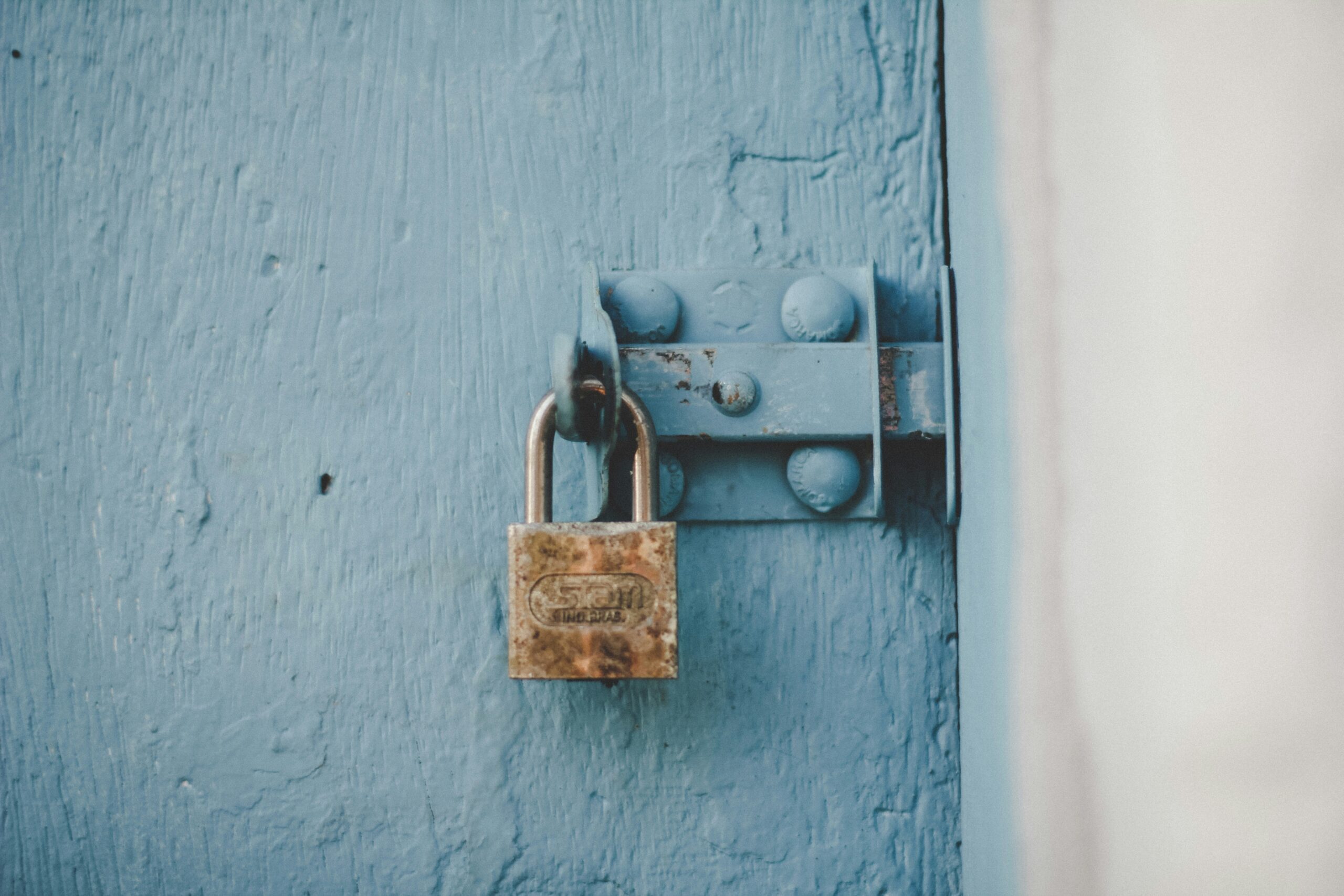Why do some people seem to thrive in love while others struggle with intimacy, fear of abandonment, or emotional distance? The answer often lies in something most of us rarely consider: our attachment style.
Attachment theory, first developed by psychologist John Bowlby in the mid-20th century, explains how the bonds we form with caregivers in early childhood shape the way we connect with others as adults. If you’ve ever wondered why certain patterns keep repeating in your relationships, this article will help you make sense of them—and guide you toward healthier emotional connections.
What Are Attachment Styles?
Attachment styles are internal blueprints formed during early childhood interactions with primary caregivers. They shape how we perceive love, trust, dependency, and closeness. Based on the consistency, warmth, and responsiveness of those early relationships, we typically develop one of four main attachment styles:
- Secure
- Anxious (preoccupied)
- Avoidant (dismissive)
- Disorganized (fearful-avoidant)
These styles continue to influence our romantic relationships, friendships, and even work dynamics—often unconsciously.
The Four Main Attachment Styles
1. Secure Attachment
People with secure attachment had caregivers who were emotionally available, consistent, and attuned to their needs. As a result, they grow up believing that people can be trusted, love is safe, and vulnerability is not a weakness.
Characteristics:
- Comfortable with intimacy and independence
- Communicate needs clearly
- Resilient in conflict
- Empathetic and responsive to partners
Securely attached adults are often able to form long-term, satisfying relationships. They represent about 50–60% of the general population.
2. Anxious Attachment (Preoccupied)
This style develops when caregivers were inconsistent—sometimes nurturing, sometimes neglectful. The child becomes hyperaware of abandonment and tries to earn love through closeness.
Characteristics:
- Constant need for reassurance
- Fear of rejection or abandonment
- Sensitive to perceived slights
- Tend to overanalyze messages or behaviors
In relationships, anxious individuals often worry about being “too much” or “not enough.” Their emotional highs and lows can be exhausting for both themselves and their partners.
3. Avoidant Attachment (Dismissive)
Avoidant attachment develops when caregivers are emotionally distant or discourage emotional expression. These children learn to self-soothe and avoid depending on others.
Characteristics:
- Emotionally distant or uncomfortable with closeness
- Value independence over intimacy
- Difficulty expressing feelings
- May shut down during conflict
Avoidant adults may appear strong and independent, but often struggle with emotional connection and vulnerability.
4. Disorganized Attachment (Fearful-Avoidant)
This is often the result of trauma, abuse, or neglect. The child experiences caregivers as a source of both comfort and fear, leading to confusion about love and safety.
Characteristics:
- Intense fear of getting close and being abandoned
- May sabotage relationships
- Struggle with trust and identity
- Prone to emotional dysregulation
Adults with disorganized attachment often want love deeply but are terrified of intimacy. Their relationships can be chaotic, intense, and short-lived.
How Childhood Shapes Adult Relationships
Your early attachment experiences set the foundation for your “emotional script”—how you expect others to treat you and how you respond in intimate situations.
- If love meant anxiety or inconsistency, you may seek partners who feel exciting but unavailable.
- If you were discouraged from expressing emotions, you may suppress your needs to appear strong.
- If you were attuned to and soothed, you likely approach relationships with trust and openness.
These scripts are not destiny—but they are deeply ingrained.
Attachment Styles in Romantic Relationships
In romantic relationships, attachment styles often play out like a dance:
- Anxious and avoidant partners are a common pairing. One craves closeness, the other fears it.
- Two avoidants may enjoy independence but struggle with real emotional depth.
- Two anxious individuals may form an intense bond but feed each other’s insecurity.
- Secure partners, meanwhile, offer stability and create a safe emotional environment for growth.
Understanding your attachment style can prevent destructive cycles and help you make more conscious choices in love.
Changing Your Attachment Style: Is It Possible?
The good news? Yes, attachment styles can change—especially through self-awareness, therapy, and secure relationships.
Here’s how:
- Therapy (especially EFT, CBT, or trauma-informed therapy) can help rewire emotional responses.
- Journaling and self-reflection foster awareness of patterns.
- Mindful dating helps you choose partners who support growth, not old wounds.
- Secure relationships can gradually reshape insecure patterns.
It takes time, but with consistent effort, people with insecure attachment can become more secure.
Tips for Building Secure Emotional Connections
If you’re looking to create or maintain healthier relationships, here are some science-backed tips:
✅ Communicate openly – Express your needs and feelings without fear.
✅ Set healthy boundaries – Know where you end and the other begins.
✅ Practice self-soothing – Learn to regulate emotions internally.
✅ Seek secure connections – Choose people who are consistent, responsive, and kind.
✅ Be patient with yourself – Changing lifelong patterns takes time and compassion.
Know Yourself, Grow Yourself
Your attachment style isn’t a life sentence—it’s a map. And like any map, it can be updated as you grow. By understanding where you came from emotionally, you gain the power to change where you’re going in relationships.
Whether you’re anxiously craving closeness or instinctively pulling away, the first step is awareness. The next is intentional connection—with yourself and with others. That’s how secure love begins.





Bir yanıt yazın